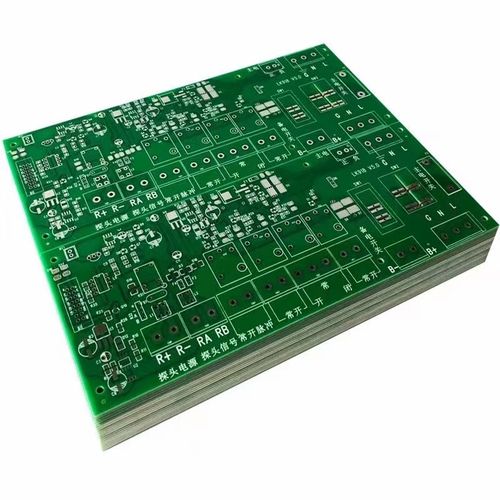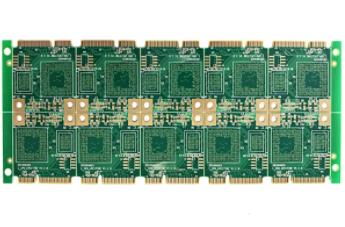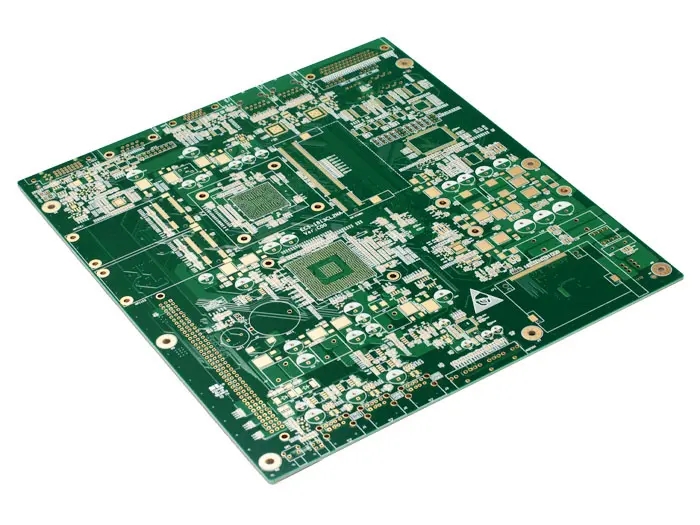
Effect of Nickel Plating Solution Components on PCB Plating
PCB manufacturers, PCB designers and PCBA processors explain the role of components in PCB nickel plating bath
Functions and characteristics
Nickel plating is used on PCB (short for Printed Circuit Board in English) as the substrate coating of precious metal and base metal, and also as the surface layer for some single-sided printed circuit boards. For some surfaces worn under heavy load, such as switch contacts, contact pieces or plug gold, nickel can be used as the substrate coating of gold, which can greatly improve the wear resistance. When used as a barrier layer, nickel can effectively prevent the diffusion between copper and other metals. The dumb nickel/gold composite coating is often used as the anti etching metal coating, and can meet the requirements of hot pressure welding and brazing. It is only read that only nickel can be used as the anti etching coating of ammonia containing etchant, and PCB that requires bright coating without hot pressure welding is usually coated with smooth nickel/gold. The thickness of nickel coating is generally not less than 2.5 microns, usually 4-5 microns.
The deposition layer of low stress nickel on PCB is usually prepared by using modified Watt nickel plating solution and some sulfamic nickel plating solutions with stress reducing additives.
We often say that PCB nickel plating has bright nickel and dumb nickel (also known as low stress nickel or semi bright nickel), which usually requires the coating to be uniform and fine, with low porosity, low stress and good ductility.
2. Nickel sulfamate
Nickel sulfamate is widely used as the substrate coating on metallized hole electroplating and printed plug contact sheet. The obtained deposit layer has low internal stress, high hardness and excellent ductility. When a stress remover is added to the plating solution, the resulting coating will be slightly stressed. There are a variety of sulfamate plating solutions with different formulations. Typical nickel sulfamate plating solution formulations are shown in the table below. Nickel sulfamate is widely used because of its low stress, but its stability is poor and its cost is relatively high.

3. Modified Watt Nickel (Nickel Sulphide)
The modified Watt nickel formula uses nickel sulfate with the addition of nickel bromide or nickel chloride. Because of internal stress, nickel bromide is mostly used. It can produce a semi bright coating with a little internal stress and good ductility; And this kind of coating is easy to activate for subsequent electroplating, and the cost is relatively low.
4. Functions of each component of plating solution:
The main salts nickel sulfamate and nickel sulfate are the main salts in the nickel bath. The nickel salt is mainly used to provide nickel metal ions required for nickel plating and also plays the role of conductive salt. The concentration of nickel plating solution varies slightly with different suppliers, and the allowable content of nickel salt varies greatly. With high nickel salt content, high cathode current density can be used, and the deposition speed is fast. It is commonly used for high-speed thick nickel plating. However, if the concentration is too high, the cathodic polarization will be reduced, the dispersion ability will be poor, and the loss of the bath will be large. With low nickel salt content, the deposition rate is low, but the dispersion ability is good, and the crystal fine bright coating can be obtained.
Buffer boric acid is used as a buffer to maintain the pH of nickel plating solution within a certain range. Practice has proved that when the pH value of nickel plating solution is too low, the cathode current efficiency will drop; When the PH value is too high, due to the continuous precipitation of H2, the PH value of the liquid layer near the cathode surface rapidly increases, leading to the formation of Ni (OH) 2 colloid. The inclusion of Ni (OH) 2 in the coating increases the brittleness of the coating. At the same time, the adsorption of Ni (OH) 2 colloid on the electrode surface will also cause the retention of hydrogen bubbles on the electrode surface, which increases the porosity of the coating. Boric acid can not only buffer PH, but also improve cathodic polarization, thereby improving the performance of the bath and reducing the "scorching" phenomenon under high current density. The presence of boric acid is also conducive to improving the mechanical properties of the coating.
Anode activator - soluble anodes are used for other types of nickel plating processes, except for sulfate type nickel plating solutions which use insoluble anodes. The nickel anode is easy to be passivated during the electrification process. In order to ensure the normal dissolution of the anode, a certain amount of anode activator is added to the plating solution. It is found that CI chloride ion is the best nickel anode activator. In nickel plating bath containing nickel chloride, nickel chloride acts as anode activator in addition to being the main salt and conductive salt. A certain amount of sodium chloride shall be added to the nickel plating solution without nickel chloride or with low nickel chloride content according to actual conditions. Nickel bromide or nickel chloride is also often used as a stress remover to maintain the internal stress of the coating and give the coating a semi bright appearance.
Additive - The main component of the additive is the stress relieving agent. The addition of the stress relieving agent improves the cathodic polarization of the plating solution and reduces the internal stress of the coating. With the change of the concentration of the stress relieving agent, the internal stress of the coating can be changed from tensile stress to compressive stress. Common additives include naphthalene sulfonic acid, p-toluenesulfonamide, saccharin, etc. Compared with the nickel coating without the stress remover, the nickel coating with the stress remover added to the plating solution will be uniform, fine and semi bright. Generally, the stress relief agent is added according to the ampere hour (the current general combination of special additives includes anti pinhole agent, etc.).
Wetting agent hydrogen evolution on the cathode is inevitable during electroplating. Hydrogen evolution not only reduces the cathodic current efficiency, but also causes pinholes in the coating due to the retention of hydrogen bubbles on the electrode surface. The porosity of nickel plating layer is relatively high. In order to reduce or prevent pinholes, a small amount of wetting agent, such as sodium dodecyl sulfate, sodium diethylhexyl sulfate, sodium n-octyl sulfate, etc., should be added to the plating solution. It is an anionic surfactant that can be adsorbed on the cathode surface, reducing the interfacial tension between the electrode and the solution, and reducing the wetting contact angle of hydrogen bubbles on the electrode, Thus, the bubbles can easily leave the electrode surface, preventing or reducing the generation of pinholes in the coating. PCB manufacturers, PCB designers and PCBA processors explain the role of components in PCB nickel plating bath.







